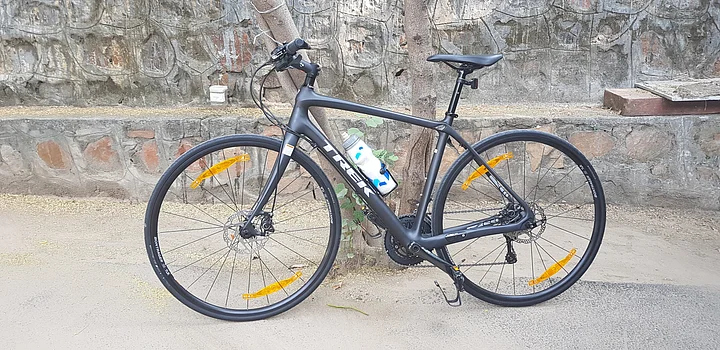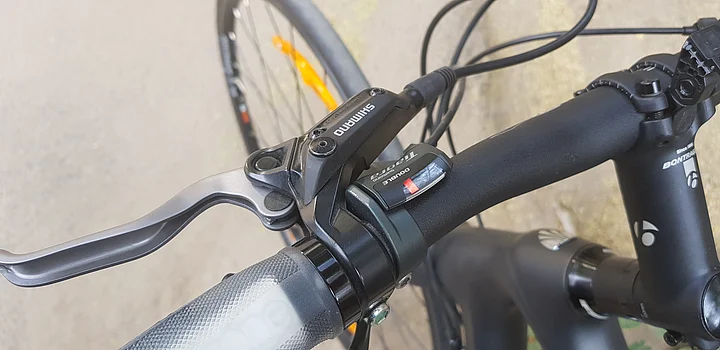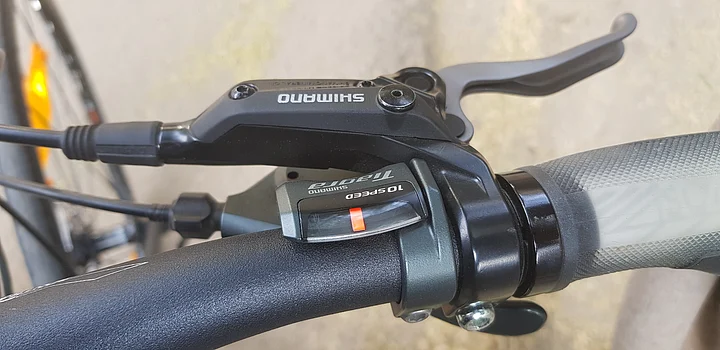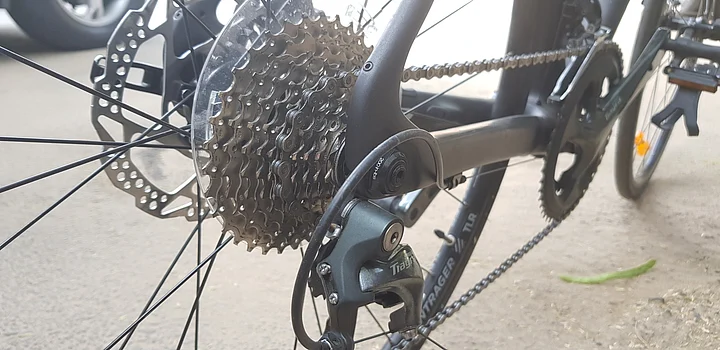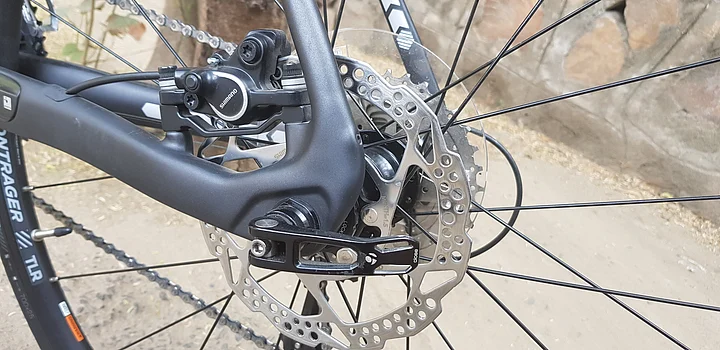Camerapersons: Sumit Badola & Shiv Kumar Maurya
Video Editor: Puneet Bhatia
You have got to be plain crazy or borderline suicidal to cycle in Delhi around Diwali time, with the pollution levels being what they are. The measures to control pollution have had very little effect.
One of the suggestions is to ditch cars in favour of bicycles. But here’s why that’s not a great idea in Delhi - and it’s not just because of the air quality.
The Route
My usual commute to work is from Vasant Kunj in South Delhi to Film City in Noida, which is a distance of about 22 Km. I usually do this by car, in about 45 minutes time, thanks to wide roads like the Barapullah elevated road and the DND Flyway across the Yamuna river.
The trouble is, these roads, although the shortest in terms of distance, do not allow cyclists. There are no separate cycling lanes either. Even the slightly longer route via Akshardham temple, which earlier allowed cyclists, now does not because it has become a part of the Delhi-Meerut expressway.
The only choice I have is to take the Outer Ring road via the Kalindi Kunj barrage, which makes the total distance almost 27 km.
The Cycle
Now, the cycle I was riding is no ordinary bike. It is a Trek FX 5 Sport that costs close to Rs 1.5 lakh. The reason: It has a full carbon-fibre frame with super-thin tyres and weighs a super-light 6.5 Kg. This makes it quite easy to ride. And fast too.
It has a Shimano Tiagra 20-speed gear set up - with two speeds in front and 10 on the rear cassette. It also comes with hydraulic disc brakes, for some quick stopping power, considering I could clock a top speed of 55 kmph on this bike without much effort.
The Ride
I set off from Vasant Kunj at 9.05 am, getting into peak-hour traffic on a Monday morning, pretty much like I would with the car. I was wearing an N95 mask for protection. I also carried an air-quality monitor to measure the pollution levels along the route.
It was pretty easy keeping pace with morning traffic for most of the route, except for some open stretches, where the motorised vehicles would get ahead. Climbing flyovers with a light bike was hardly any effort. The Shimano Tiagra gear shifters though, don’t have numbers marked on them, so it’s not easy to figure which gear it’s in, without a quick glance at the cog wheel.
I took a five-minute water break at Greater Kailash and then continued on my way. At Kalindi Kunj the traffic got pretty thick. At one point, I had to get on the pavement too. And then even that was futile as traffic took up every square inch of space, with two-wheelers also on the pavement. Did I mention the complete lack of cycle lanes on this route?
It took me 1 hour and 2 minutes of riding time to get to work, 27 km away. But the pollution was terrible.
The Pollution
When I started out the PM 2.5 levels were 390, which is in the hazardous range. The overall air quality index was over 400, which is hazardous too. The N95 mask helped to quite an extent, but it makes breathing a bit difficult because of the air-flow restriction. I also tied a clean, white wet handkerchief on my arm to see how much dirt there was in the air.
By the time I completed the ride my mask was grey, the white handkerchief had turned grey and my eyes looked like those of a raccoon. Imagine, without a mask, this is what the insides of your lungs would look like.
(At The Quint, we question everything. Play an active role in shaping our journalism by becoming a member today.)
